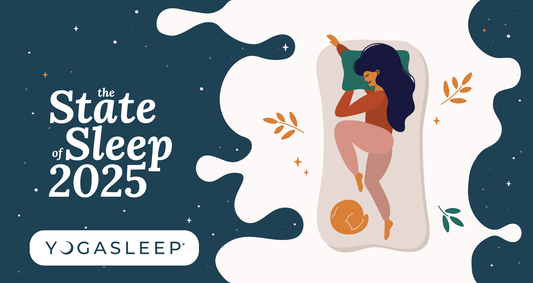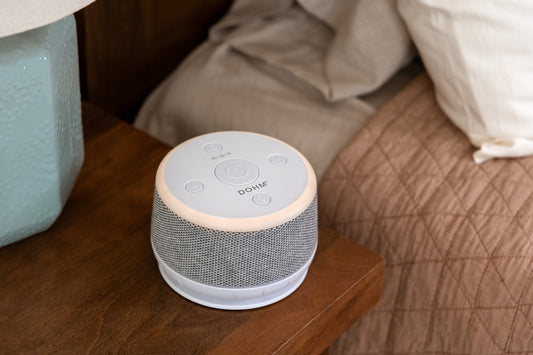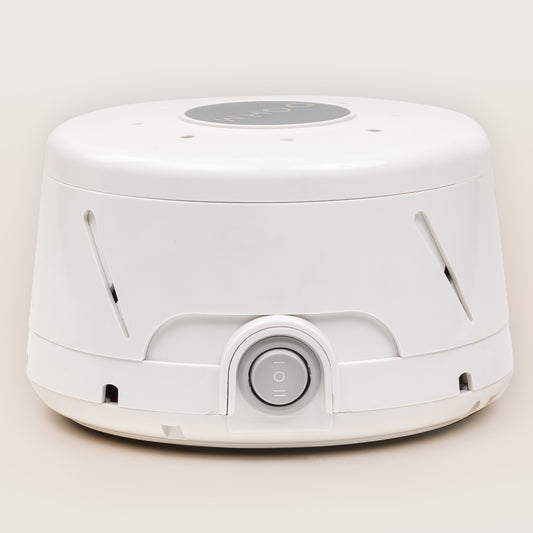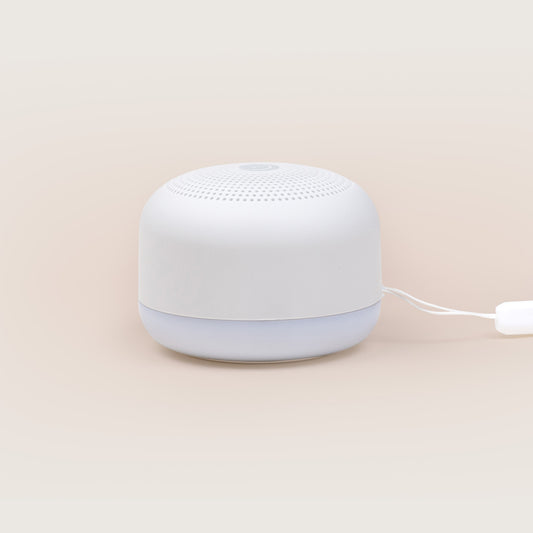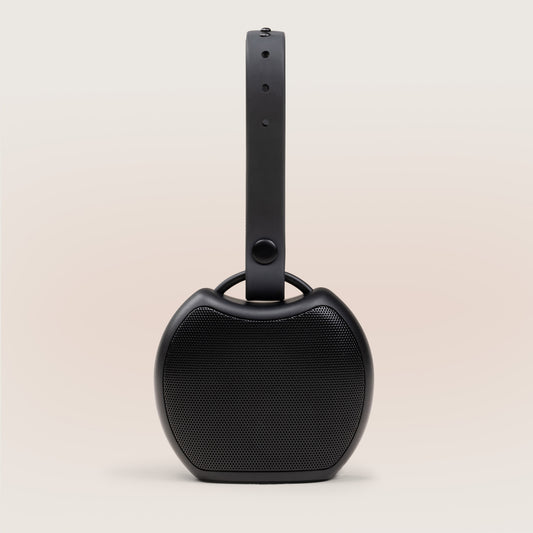
Foundation Fundamentals: Do You Really Need a Box Spring?
As you cozy up in bed after a long day, the last thing on your mind is the structure beneath your mattress. But did you know that the foundation you choose can make a significant difference in the quality of your sleep? In the world of mattresses and sleep accessories, the box spring is a staple that many of us have grown up with. But in today’s modern sleep landscape, do you really need one? Let’s dive into the essentials and uncover what’s best for your sleep sanctuary.
The Role of the Box Spring
Traditionally, box springs were designed to support innerspring mattresses, providing a sturdy base and absorbing shock. They consist of a wooden or metal frame with springs inside, covered in fabric. The springs not only offer additional support but also help to extend the lifespan of the mattress by reducing wear and tear.
However, as mattress technology has evolved, so too have the options for mattress foundations. Memory foam, latex, and hybrid mattresses don’t always require the same type of support as traditional innerspring mattresses. This evolution has led many people to question whether a box spring is still necessary.
The Modern Mattress: A New Era of Comfort
Today’s mattresses are designed with advanced materials that conform to your body, relieve pressure points, and provide unparalleled comfort. Yogasleep memory foam mattresses, for instance, are engineered to deliver optimal support without the need for a box spring. These mattresses are perfect for those seeking a supportive and comfortable sleeping experience, thanks to their high-quality foam that adapts to your body’s unique shape.
But what does this mean for the traditional box spring? Let’s explore the alternatives and determine if you can skip this component without sacrificing your sleep quality.
Do You Need a Box Spring? Consider These Factors
-
Mattress Type
The type of mattress you have plays a crucial role in determining whether you need a box spring. Memory foam and latex mattresses are designed to be placed on solid or slatted foundations. These types of mattresses don’t require the added bounce or shock absorption that a box spring provides. Instead, they need a stable and firm surface to maintain their structural integrity and offer consistent support.
-
Bed Frame Compatibility
Some bed frames, especially platform beds, come with built-in slats that eliminate the need for a box spring. If you have a platform bed or an adjustable base, a box spring might not only be unnecessary but could also affect the mattress’s performance. For example, the flexibility of an adjustable base pairs perfectly with a Yogasleep memory foam mattress, allowing you to customize your sleep position without the interference of a box spring.
-
Personal Comfort Preference
When it comes to your sleep space, your comfort is paramount. Some people find that the added height and bounce of a box spring enhance their sleeping experience, while others prefer the stability of a solid foundation. If you’re switching from a traditional innerspring mattress to a memory foam mattress, you might notice a difference in the feel and support. It’s essential to choose a foundation that complements your comfort needs and sleep style.
-
Budget Considerations
Investing in a quality mattress is crucial for your sleep health, but so is choosing the right foundation. While a box spring can be an additional cost, it’s not always necessary. If you’re purchasing a new mattress, consider whether the bed frame or foundation you already have at home is compatible. This can save you money and ensure you get the most out of your new mattress.
Alternatives to Box Springs
If you decide a box spring isn’t necessary, there are several other foundation options to consider:
-
Platform Beds
These beds come with a solid or slatted base that supports your mattress without the need for a box spring. Platform beds are popular for their sleek design and often include additional storage space, making them an excellent choice for modern bedrooms.
-
Adjustable Bases
Perfect for those who love to read, watch TV, or work from the comfort of their bed, adjustable bases allow you to elevate the head or foot of your mattress. This can help alleviate pressure points, reduce snoring, and improve circulation. Memory foam mattresses work seamlessly with adjustable bases, providing flexibility and comfort.
-
Bunkie Boards
A bunkie board is a thin, flat platform that can be placed on top of a traditional bed frame to provide a solid foundation. This is a cost-effective solution if you want to use your existing bed frame but need additional support for a memory foam mattress.
-
Wood or Metal Slats
If you prefer a minimalist look, consider a bed frame with wooden or metal slats. The slats should be no more than 3 inches apart to ensure adequate support for your mattress. This setup promotes airflow and keeps your mattress in good condition.
Making the Best Choice for Your Sleep Health
Ultimately, the decision to use a box spring comes down to your personal preference, the type of mattress you have, and your bed frame setup. While box springs were once considered essential, they are no longer a one-size-fits-all solution in the modern world of sleep. Memory foam mattresses are designed to provide exceptional support and comfort without the need for a traditional box spring. As you create your sleep sanctuary, consider what foundation will best support your mattress and enhance your sleep experience. Whether you choose to embrace new technology or stick with a tried-and-true setup, the goal is to create a space where you can relax, recharge, and dream peacefully.
Disclaimer: The information on our site is NOT medical advice for any specific person or condition. It is only meant as general information. If you have any medical questions and concerns about you or your family’s sleep, please contact your health provider.

